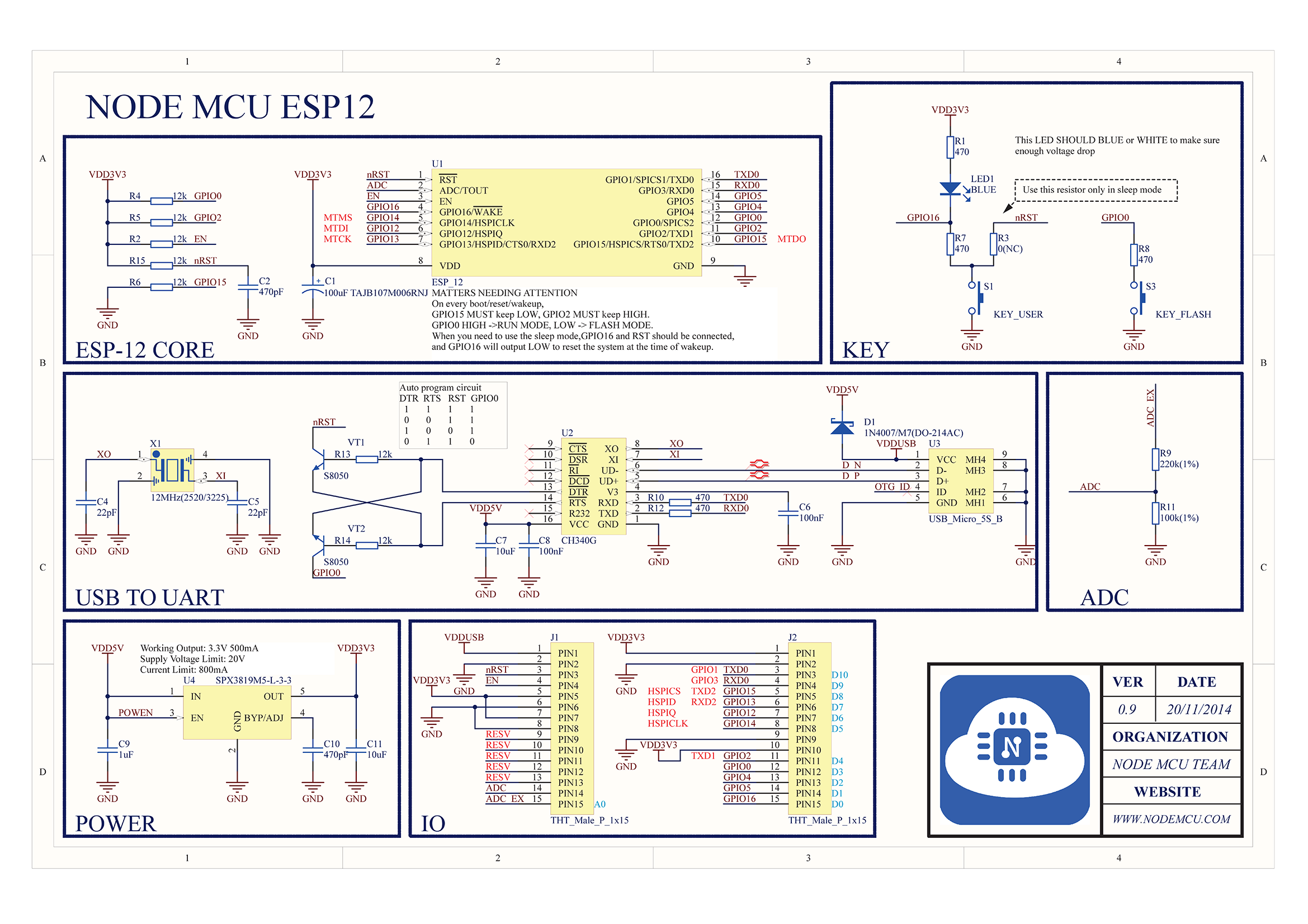Before I switched from 2.4.2 to 2.3.0, I had temperature values of -16º C after I had 28º C which is about the right value.
So it seems something about the Arduino Core 2.4.2 made the ADC read the wrong value
Explore... Chat... Share...
Moderator: igrr

#include <SimpleKalmanFilter.h>
#define e_mea 2.0 //Measurement Uncertainty
#define e_est 2.0 //Estimation Uncertainty
#define q_pn 0.01 //Process Noise
SimpleKalmanFilter KalmanFilter(e_mea, e_est, q_pn);
unsigned int sensorValue, sensorValueKalman;
void setup
{
}
void loop()
{
sensorValue = analogRead(A0);
sensorValueKalman = KalmanFilter.updateEstimate(sensorValue);
// do y=mX +C adjustments here
}
It takes about 20-25 seconds for home assistant c[…]
I tried to upgrade tof my sonoff basic R2 with the[…]
a problem Perhaps you want to define "Probl[…]
Rebooting your router will not give you a faster I[…]
There are no other notifications from esptool.py i[…]
Using the Arduino IDE, you'll learn how to set up […]
In this project, you will post to Twitter using an[…]
In this project, we will build a water level contr[…]
I guess I'm late, but I had the same problem and f[…]
Last night I received my first D1 Minis for a lear[…]
Although I am aware that this is an old post, I fe[…]